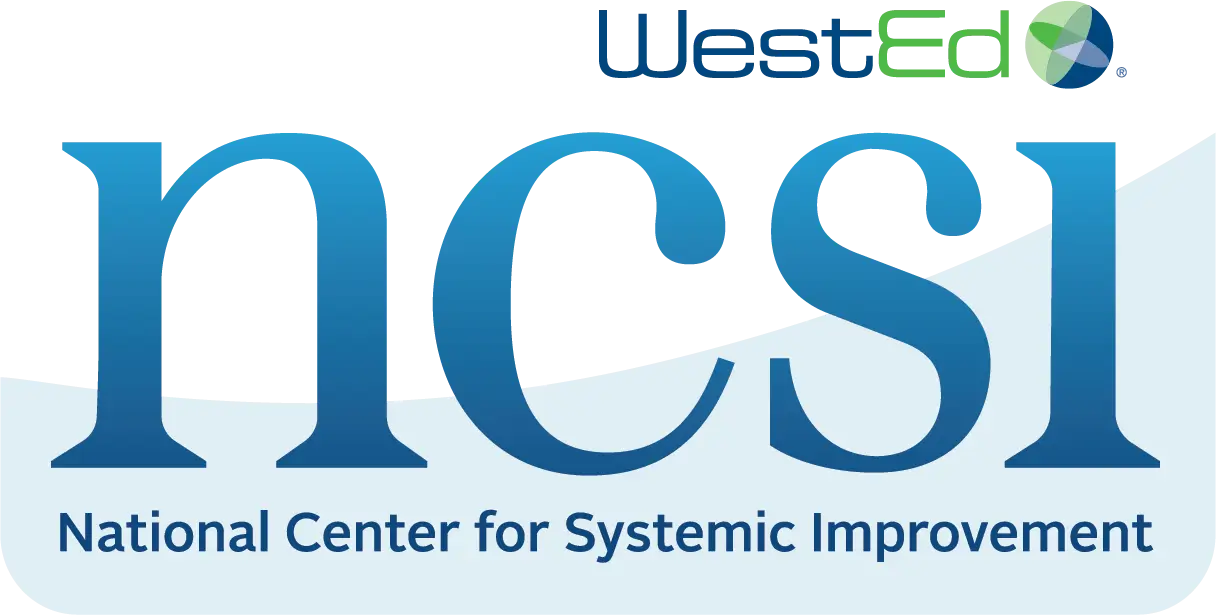A key responsibility of state education agencies (SEAs) under the Individuals with Disabilities Education Act (IDEA) is to monitor local education agency (LEA) implementation of the law (34 C.F.R. § 300.600–604). This Fast Five details five principles (plus one!) that we recommend SEAs incorporate as part of their LEA monitoring.
Five State Strategies to Effectively Communicate and Reinforce IDEA Compliance Requirements
One of the most important responsibilities of a state education agency (SEA) under the Individuals with Disabilities Education Act (IDEA) is to ensure that each local education agency (LEA) provides students with disabilities a free appropriate public education (FAPE) that responds to their unique needs and supports them to be successful in future educational, employment, and/or independent living pursuits (34 C.F.R. § 300.1) States must have in place a system of general supervision that monitors LEAs’ implementation of IDEA and provision of FAPE (34 C.F.R. § 300.600). A key mechanism by which SEAs ensure LEA compliance with IDEA is through state-level monitoring activities. This brief outlines five strategies SEAs can take to effectively communicate and reinforce IDEA requirements for LEAs and other stakeholders. These strategies highlight how policies and procedures, technical assistance, and professional learning are critical components of state monitoring activities.
Five Ways to Effectively Use Dispute Resolution Data in State General Supervision Systems to Improve Implementation of IDEA
State dispute resolution systems provide a wealth of important information to state educational agencies (SEAs) about local implementation of the IDEA. This resource offers five strategies for effectively using the data generated by a state’s dispute resolution system to improve its implementation of the IDEA, the health of its general supervision system, and LEA practices.
Got Evidence? Where to Find and How to Use It to Make Sound Decisions About Evidence-Based Practices (Part 1)
The term “evidence-based practice” in early childhood has its roots in evidence-based medicine and relies upon identifying and combining multiple sources of evidence to make decisions about services for young children and their families. The NCSI has created an interconnected suite of tools that explain the history and rationale behind using these multiple sources, where to look for evidence, and how to appraise and combine the evidence to inform the selection, implementation, and evaluation of specific practices for individuals or groups of children and families. NCSI hosted a two-part webinar series to introduce these tools and their application.
– The first webinar (2/15/19) introduces the suite of tools and considers real world questions that the tools can help answer.
– The second webinar (3/1/19) engages more deeply in the process of using the tools to search for evidence and combine and appraise it to make decisions about practices to implement. You can view the second webinar here.
A State Guide to Establishing a Statewide System of Accountability and Support to Improve Results and Functional Outcomes for Students with Disabilities
Ensuring that local education agencies (LEAs) meet IDEA requirements and improve student outcomes requires a strong, results-driven state accountability system aligned with a robust statewide system of support. This guide describes six actions states may take to develop and implement a results-driven system that will provide differentiated supports that complement the SEA’s monitoring and accountability systems.
An Improvement and Learning Journey: Empowering Local Special Education Entities to Address the Special Education Teacher Shortage in Illinois
The following resource is an impact story of how NCSI built the capacity of Illinois State Board of Education (ISBE) to design a state system of support to begin addressing the special education teacher shortage. The resource provides context for the intensive technical assistance focusing on improvement science, provides qualitative and quantitative examples of impact, and concludes with lessons learned from the partnership.

